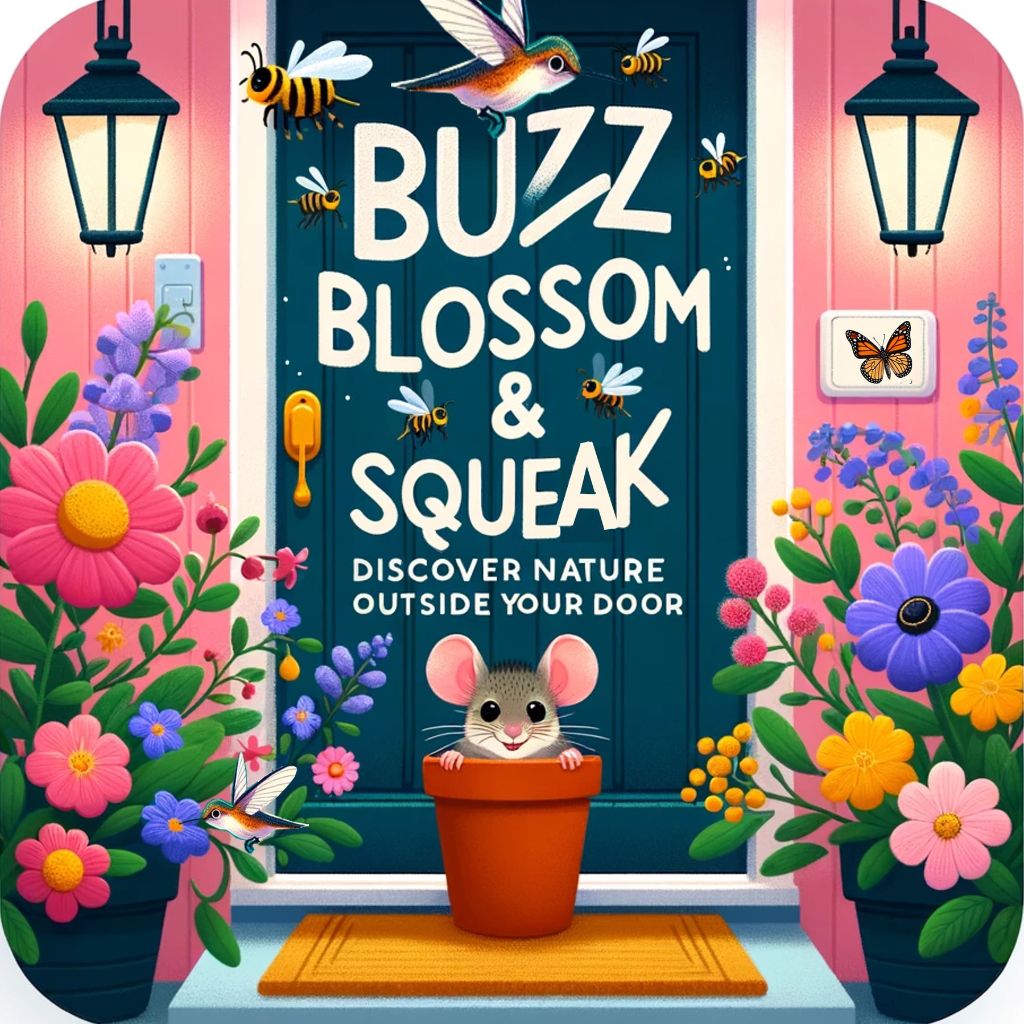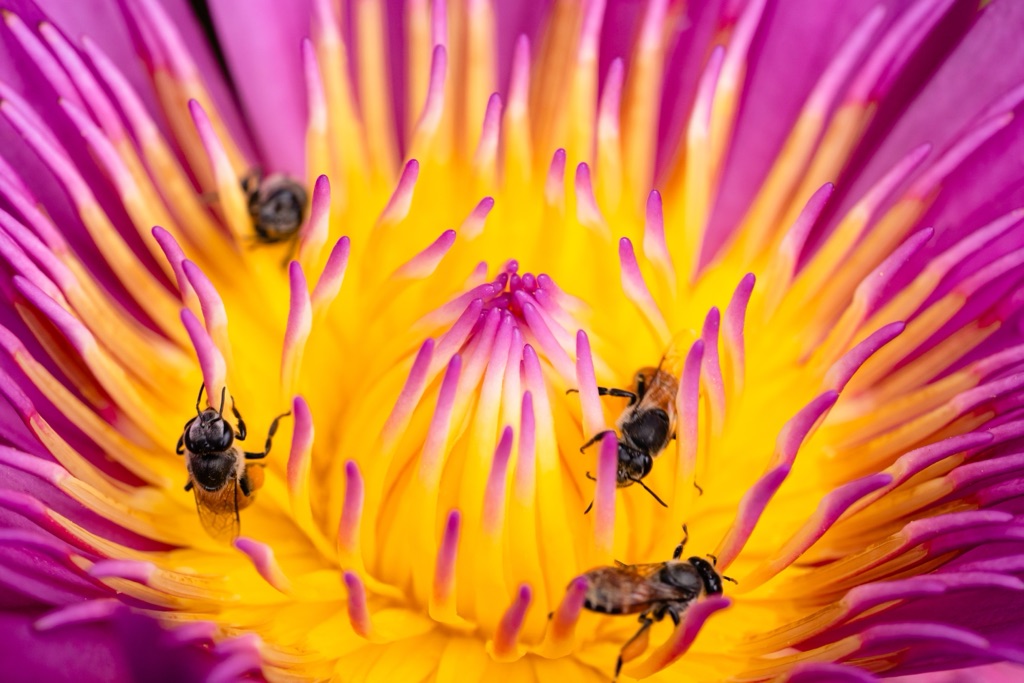Honeybees, belonging to the genus Apis, are incredible creatures known for their complex societal structures and vital role in pollination. Originating in Southeast Asia, these industrious insects are not just any bees—they are the backbone of many ecosystems, and their unique behaviors make them fascinating subjects of study.
The Queen Bee:
Central to the hive is the queen bee, whose primary role is reproduction. Laying up to 2,000 eggs a day, the queen is essential for the colony’s survival. Despite being called the “queen,” she doesn’t rule the hive but is crucial for producing the next generation of bees. The queen controls the sex of her offspring, with fertilized eggs becoming either worker bees or new queens, and unfertilized eggs becoming drones.
The Drones:
Drones exist solely to mate with a queen. Their lifecycle is straightforward but brief; after mating, a drone dies. Characterized by larger eyes to better focus on the queen, drones play their part in ensuring the continuation of the hive.
Worker Bees:
Worker bees, all female, are the true powerhouses of the hive. They perform various tasks, from cleaning and guarding the hive to foraging for nectar and caring for the young. Their roles change as they age, starting as nurse bees caring for larvae, before moving on to tasks like foraging and guarding.
The Hive’s Structure:
Honeybees construct their hives in cavities, whether in trees or man-made hives. Inside, bees maintain strict temperature control, with the core of the nest kept at a steady 91°F to ensure the brood’s health. Bees also communicate through intricate dances, signaling where to find the best nectar sources.
Why We Should Care:
Beyond their fascinating lives, honeybees are essential for pollinating many of the crops humans rely on. Without them, our food supply would be in jeopardy. Fortunately, recent efforts have shown that honeybee populations are resilient, bouncing back from challenges like mites and pesticides.
As we continue to learn more about these vital insects, it’s clear that protecting and supporting honeybee populations is not just beneficial but necessary for our survival.

